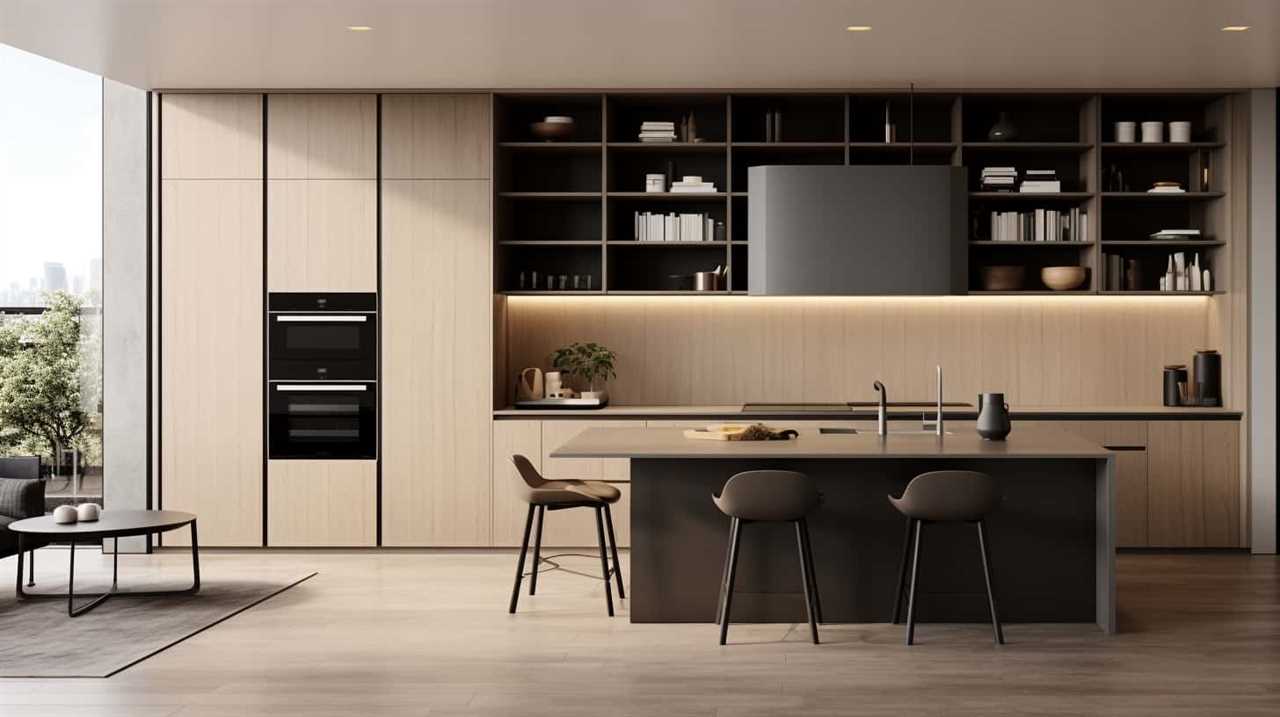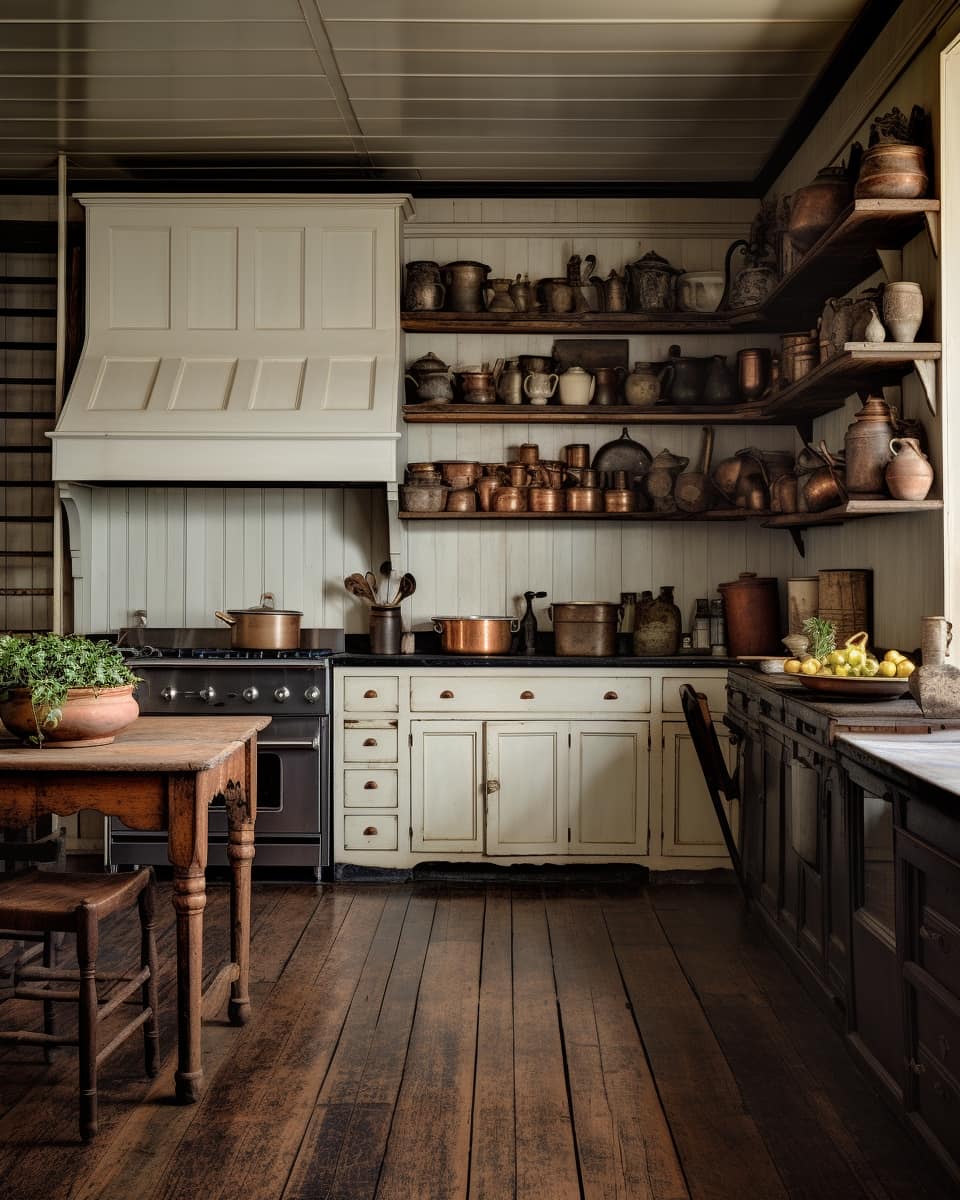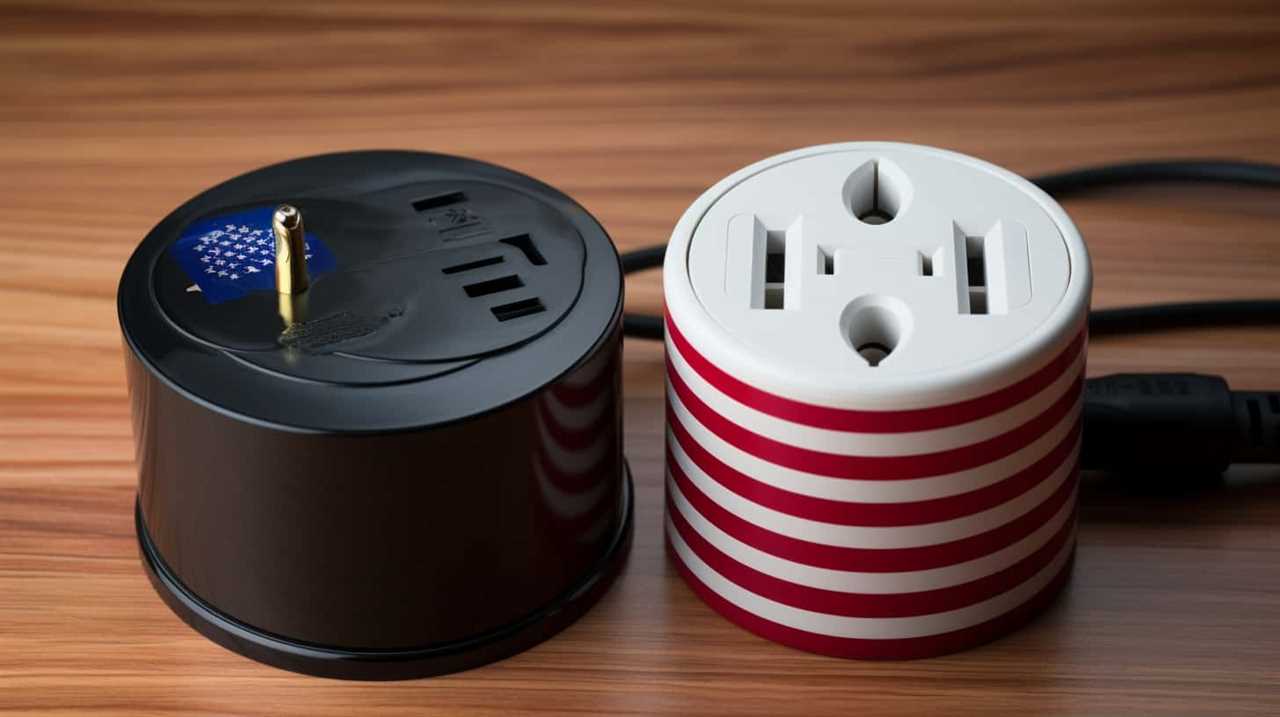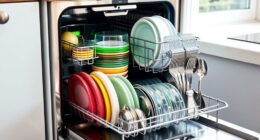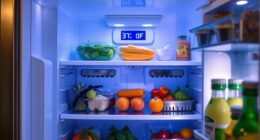In the world of electrical devices, knowing about voltage compatibility is important to ensure everything works properly and to avoid any possible dangers. One common question is whether a 120v appliance can work with a 220v power source.
For those seeking mastery in this subject, it is vital to delve into the implications and risks involved. This comprehensive guide aims to shed light on the differences between 120v and 220v appliances, the potential challenges faced by a 120v appliance on a higher voltage, and the recommended solutions for international travelers.
By exploring the intricacies of voltage differences and safety precautions, this article will equip readers with the knowledge needed to make informed decisions when dealing with voltage disparities in electrical appliances.
Key Takeaways
- Plugging a 120v appliance into a 220v power source can result in damage to the device and potential safety hazards.
- The excessive voltage can cause overheating, short circuits, and electrical fires in the appliance.
- Using a voltage converter or transformer is necessary to reduce the voltage to a safe level when using a 120v appliance with a 220v power supply.
- Understanding the voltage requirements of the appliance and ensuring proper voltage conversion options are crucial for safe operation and prevention of damage.
Understanding Voltage Differences
To properly understand the compatibility of a 120v appliance with a 220v power source, it is essential to grasp the fundamental differences in voltage. Voltage is the measure of electrical potential difference between two points in a circuit. In the context of electrical appliances, voltage determines the amount of power that can be supplied to the device.
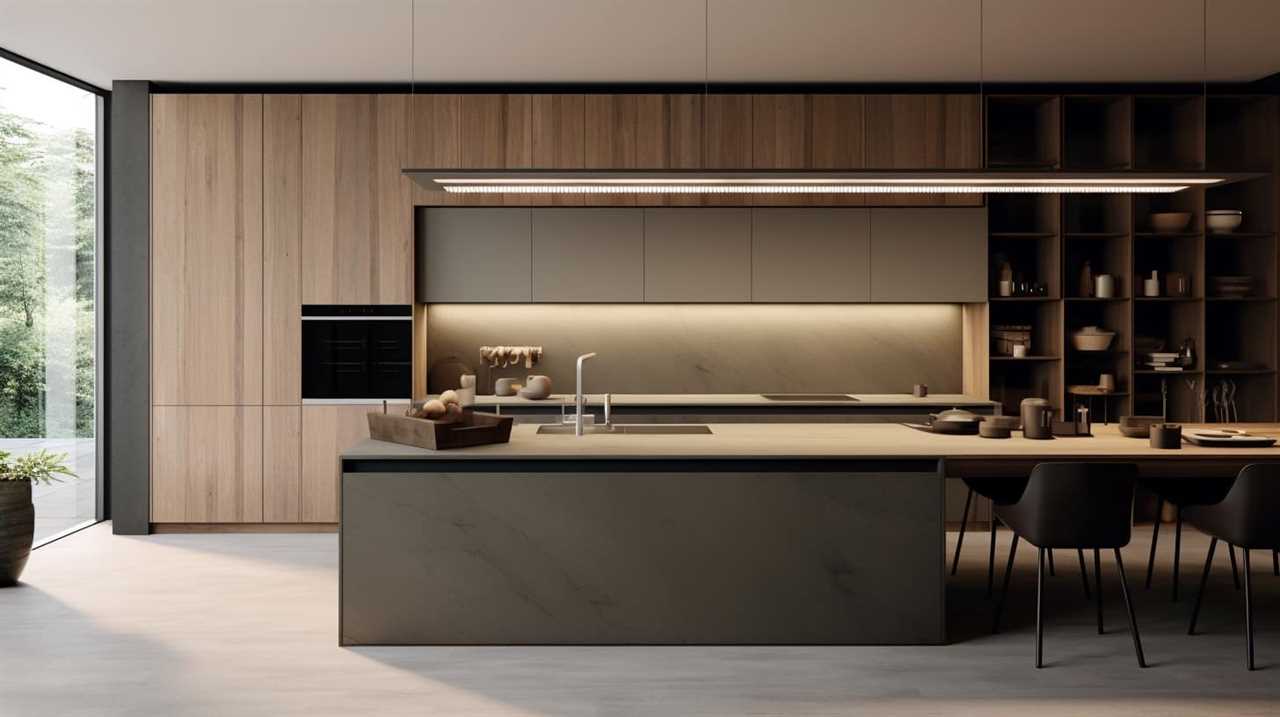
The implications of higher voltage are significant when it comes to adapting appliances for different voltage levels. Appliances designed for 120v are not typically equipped to handle the higher voltage of 220v. Plugging a 120v appliance into a 220v power source can result in damage to the device, such as overheating or even electrical fires.
In order to use a 120v appliance with a 220v power source, a voltage converter or transformer must be used to step down the voltage to a compatible level. It is crucial to ensure the appropriate adaptation of appliances to prevent equipment damage and ensure safe operation.
Implications of Using a Higher Voltage
Using a higher voltage than what a 120v appliance is designed for can have serious safety implications.
The appliance may not be able to handle the increased voltage, which can result in electrical fires, short circuits, or even explosions.

Additionally, the excessive voltage can cause damage to the internal components of the appliance, rendering it inoperable.
Compatibility issues may also arise, as the higher voltage may not be compatible with the appliance’s electrical system or circuitry.
Safety Risks Involved
There are significant hazards associated with operating a 120v appliance on a 220v power supply. When a 120v appliance is connected to a higher voltage, it can lead to electrical hazards and potential damage.
The main concern is that the appliance may not be designed to handle the higher voltage, resulting in overloading of the electrical components. This can cause overheating, short circuits, and even electrical fires.

Additionally, the higher voltage can cause excessive current flow, which can damage sensitive electronic components and render the appliance inoperable.
It is important to note that using a voltage converter or transformer is not a foolproof solution, as it may not provide the necessary protection for the appliance.
Therefore, it is crucial to use appliances only with the voltage they are designed for, to ensure safety and prevent potential damage.
Potential Damage Caused
The use of a higher voltage can result in significant damage to a 120v appliance. It is important to understand the potential damage risks and take necessary electrical safety precautions when considering using a 120v appliance with a 220v power supply.

Here are some key points to consider:
- Overheating: The increased voltage can cause excessive heat buildup in the appliance’s components, leading to damage or even fire hazards.
- Component failure: The higher voltage can overwhelm the appliance’s circuitry, causing failure in sensitive components such as capacitors, transformers, or integrated circuits.
- Electrical short circuits: Incompatible voltages can cause short circuits, which can damage wires, connectors, and other crucial electrical components.
Understanding these potential damage risks is crucial for maintaining electrical safety and protecting your appliances.
Now, let’s explore the compatibility issues faced when attempting to use a 120v appliance with a 220v power supply.
Compatibility Issues Faced
When using a 120v appliance with a 220v power supply, several compatibility issues arise. The main concern is the implications of voltage conversion. A 120v appliance is designed to operate at a specific voltage, and using a higher voltage can lead to overheating, damage to internal components, and even electrical fires.

Another issue is adapting appliances for international use. Different countries have different voltage standards, and attempting to use a 120v appliance in a country with a 220v power supply requires the use of a voltage converter or transformer. These devices can be bulky, expensive, and may introduce additional complications.
In the next section, we will discuss the potential risks for 120v appliances when used with a higher voltage power supply.
Potential Risks for 120v Appliances
When attempting to use a 120v appliance with a 220v power source, there are several potential risks that need to be considered.
The first concern is electrical safety, as the higher voltage can pose a serious hazard to both the user and the appliance.

Additionally, there is a risk of voltage compatibility issues, which can lead to malfunctioning or damaged components within the appliance.
It is important to be aware of these risks and take appropriate precautions to ensure the safe operation of 120v appliances with a higher voltage power source.
Electrical Safety Concerns
What are the potential risks for 120v appliances when operating on a 220v electrical system?
- Incorrect voltage: 120v appliances are designed to operate at a specific voltage level, and using them on a 220v electrical system can lead to the appliances receiving a higher voltage than they can handle. This can result in overheating, damage to internal components, and even electrical fires.
- Electrical shock hazards: 120v appliances may not be designed with the necessary safety features to protect against the higher voltage of a 220v electrical system. This can increase the risk of electrical shocks to users when handling or using the appliances.
- Compatibility issues: 120v appliances may not be compatible with the electrical standards and voltage conversion methods used in a 220v electrical system. This can lead to improper functioning of the appliances and potential damage to the electrical system itself.
It is crucial to understand the electrical standards and voltage conversion methods when considering the use of 120v appliances on a 220v electrical system to ensure safety and proper functioning.
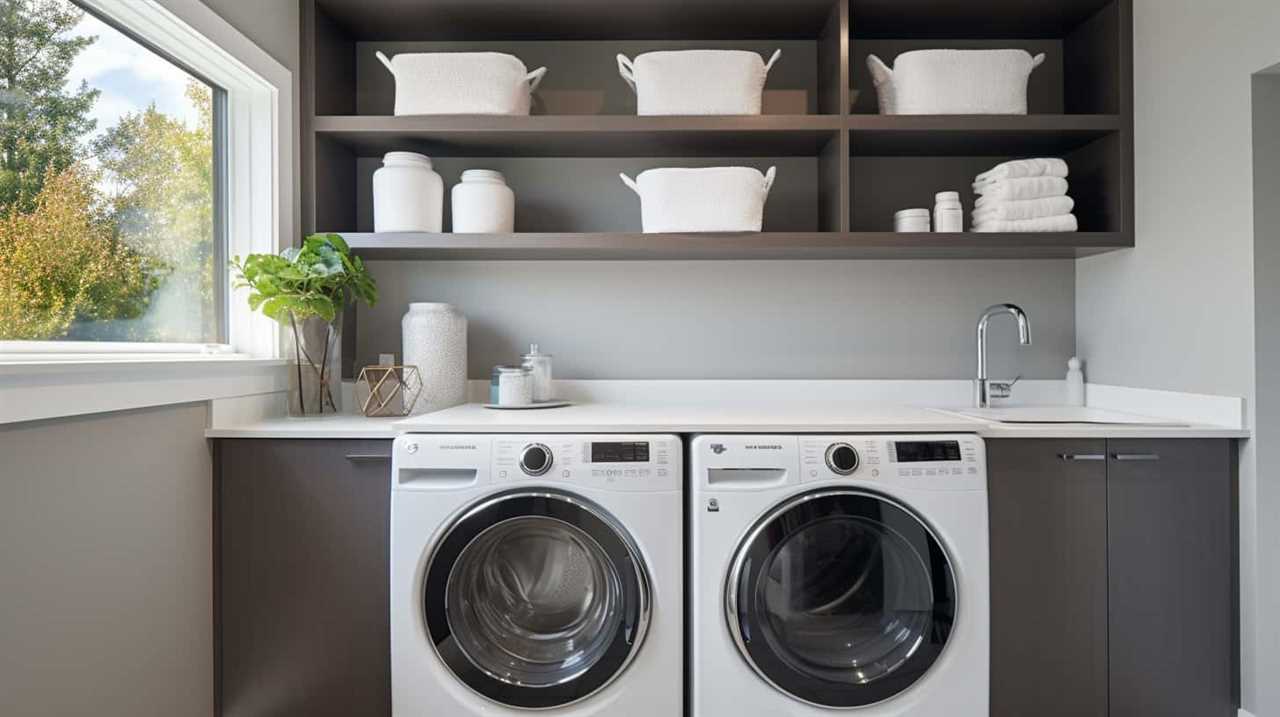
Voltage Compatibility Risks
The voltage compatibility risks associated with using 120v appliances on a 220v electrical system can pose serious safety concerns and potential damage to both the appliances and the electrical system itself. It is essential to understand the electrical requirements of appliances to ensure compatibility with the voltage supplied by the electrical system.
When a 120v appliance is connected to a 220v electrical system, the higher voltage can cause excessive current flow, leading to overheating, melting of wires, and even fires. Additionally, the increased voltage can damage the internal components of the appliance, rendering it inoperable.
To mitigate these risks, voltage conversion options such as transformers or voltage regulators can be utilized. These devices adjust the voltage to match the appliance’s requirements, ensuring safe and proper functioning. However, it is crucial to consult with a qualified electrician to determine the most appropriate voltage conversion option for specific appliances.
Damaging Appliance Components
How does connecting a 120v appliance to a 220v electrical system potentially damage its components?

When a 120v appliance is connected to a 220v electrical system, several risks arise that can damage its components. These risks include:
- Overvoltage: The higher voltage can overload the appliance’s circuits, causing them to overheat and potentially burn out.
- Excessive Current: The increased voltage can lead to a higher current flow through the appliance, which can damage sensitive electronic components.
- Thermal Stress: The increased voltage can also result in a significant increase in the heat generated by the appliance, leading to thermal stress on its components, such as capacitors and resistors.
These implications for electronic devices highlight the importance of using voltage conversion options, such as transformers or voltage regulators, to ensure that the appliance operates within its specified voltage range and prevent potential damage to its components.
Difference Between 120v and 220v Appliances
There are significant variations in electrical voltage between 120v and 220v appliances. Understanding the difference between these voltage levels is crucial to avoid potential damage to appliances.
In the United States, the standard electrical voltage for residential homes is 120v, while in many other countries, including most of Europe, the standard voltage is 220v.

The main difference between 120v and 220v appliances lies in their power requirements. A 120v appliance is designed to operate at lower power levels, typically consuming less energy. On the other hand, a 220v appliance is designed to handle higher power demands, allowing for more efficient operation of devices such as air conditioners, electric stoves, and clothes dryers.
When using a 120v appliance in a 220v electrical system, it is essential to understand voltage conversion. Without proper voltage conversion, the higher voltage can cause excessive current flow through the appliance, leading to overheating and potential damage to its components. To prevent this, it is necessary to use a voltage converter or transformer to step down the voltage to the appropriate level for the appliance.
Can a 120v Appliance Handle 220v
When operating a 120v appliance in a 220v electrical system, it is important to consider the compatibility and necessary precautions to ensure safe and efficient operation. Here are some key points to understand about the electrical requirements and potential damage prevention:
- Voltage Difference: A 120v appliance is designed to operate with a lower voltage, and connecting it to a 220v electrical system can result in excessive voltage, leading to damage or even fire hazards.
- Transformer or Converter: To use a 120v appliance in a 220v system, a step-down transformer or voltage converter may be required to reduce the voltage to a safe level for the appliance.
- Frequency Considerations: It is also crucial to match the frequency of the appliance with that of the electrical system, as differences can affect the appliance’s performance.
Consequences of Overloading a 120v Appliance
Overloading a 120v appliance with a 220v electrical system can have serious consequences. When a 120v appliance is subjected to a higher voltage, it can experience a voltage overload. This occurs when the electrical current exceeds the appliance’s designed capacity.
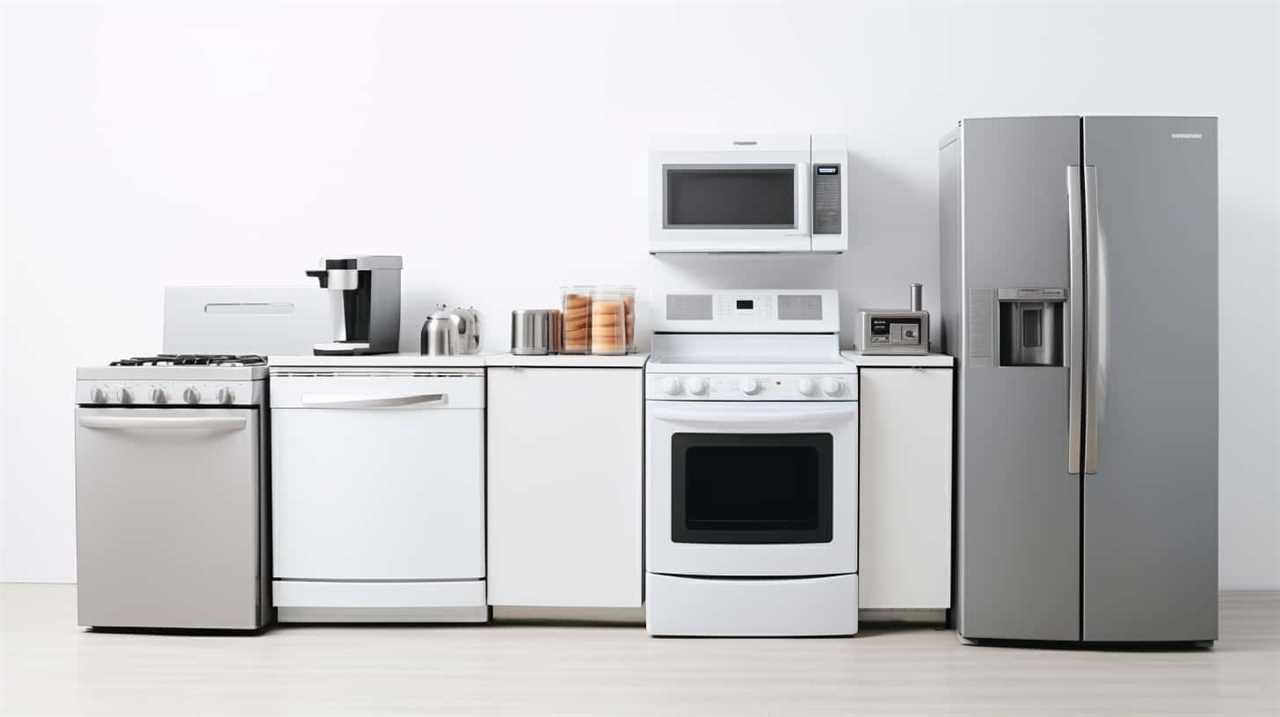
The consequences of such an overload can be detrimental to both the appliance and the electrical system. Firstly, the higher voltage can cause excessive heat buildup within the appliance, leading to internal components melting or burning out. This can result in permanent damage and render the appliance inoperable.
Secondly, the increased voltage can cause sparks or electrical arcing, posing a fire hazard. Moreover, the electrical system itself may be compromised, with the potential for blown fuses, tripped circuit breakers, or even electrical fires.
Therefore, it is crucial to ensure appliance compatibility and adhere to the specified voltage requirements to prevent these voltage overload consequences.
Adapting a 120v Appliance to 220v Power Supply
When considering adapting a 120v appliance to a 220v power supply, there are two main voltage compatibility options to explore.
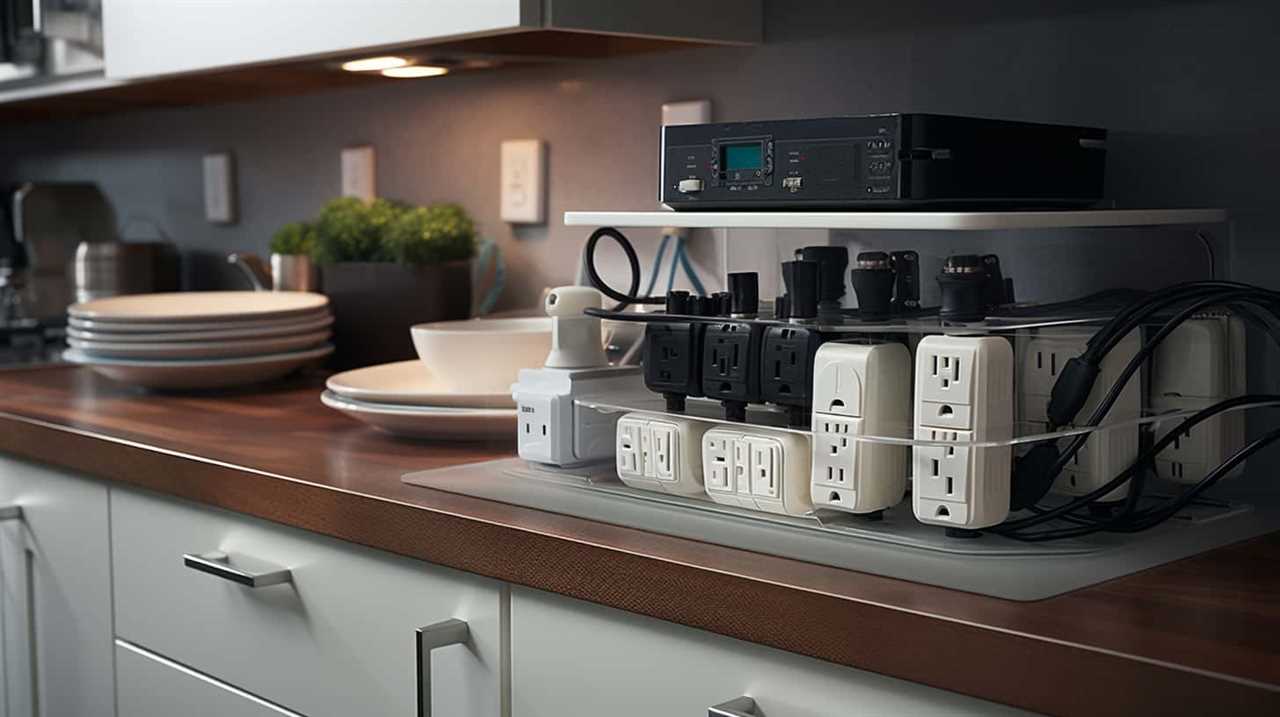
The first option is to use a voltage converter or transformer to step down the 220v power supply to the required 120v for the appliance.
The second option is to use a voltage adapter that converts the plug type to fit the 220v power supply, but does not alter the voltage itself.
However, it is important to note that both options come with potential safety concerns and may require additional measures to ensure proper functioning and protection against electrical hazards.
Voltage Compatibility Options
To adapt a 120v appliance to a 220v power supply, various voltage compatibility options can be employed.
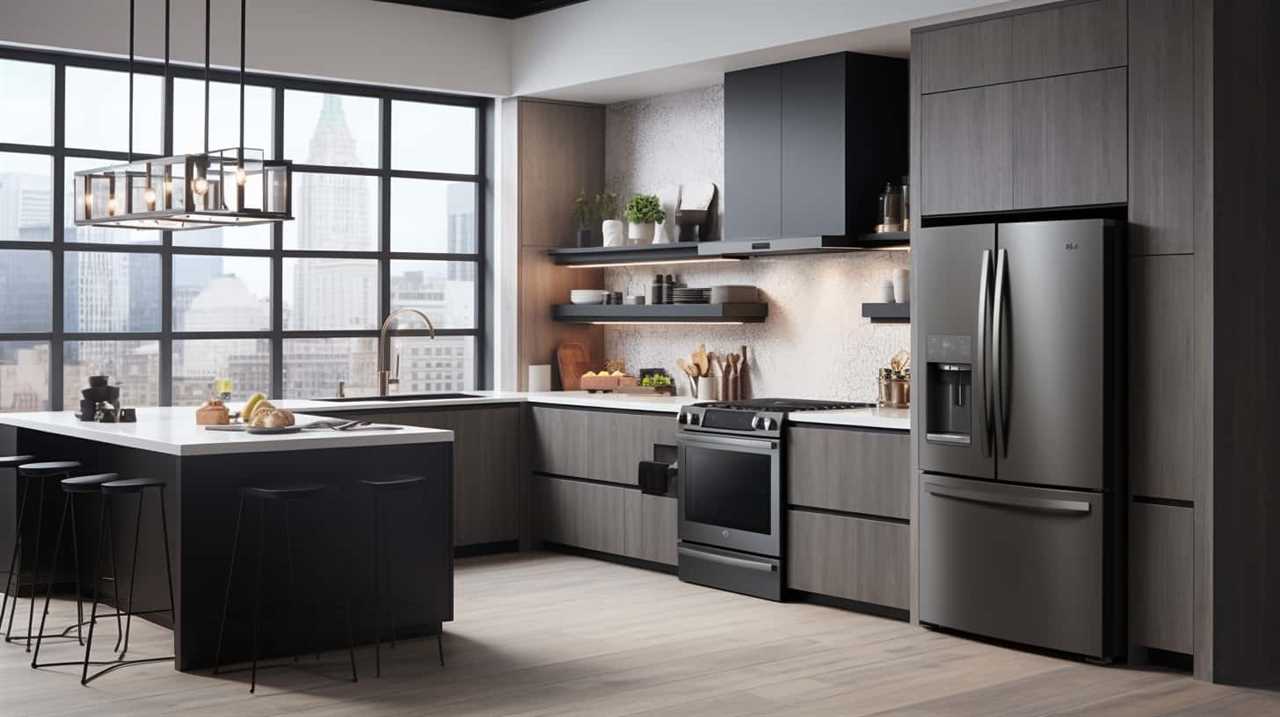
Understanding voltage limitations: It is crucial to understand the voltage requirements of the appliance in order to determine the appropriate compatibility option.
Step down transformers for voltage conversion: A step down transformer can be used to convert the 220v power supply to the required 120v for the appliance. This allows the appliance to safely operate without being damaged by the higher voltage.
Voltage converters: Voltage converters can also be utilized to adapt the 220v power supply to meet the needs of the 120v appliance. These devices convert the voltage while maintaining the same frequency.
Potential Safety Concerns
Taking into consideration the voltage compatibility options discussed earlier, adapting a 120v appliance to a 220v power supply requires careful attention to potential safety concerns. The implications for home appliances when using an incompatible voltage can be severe, and it is crucial to understand the potential electrical hazards involved.
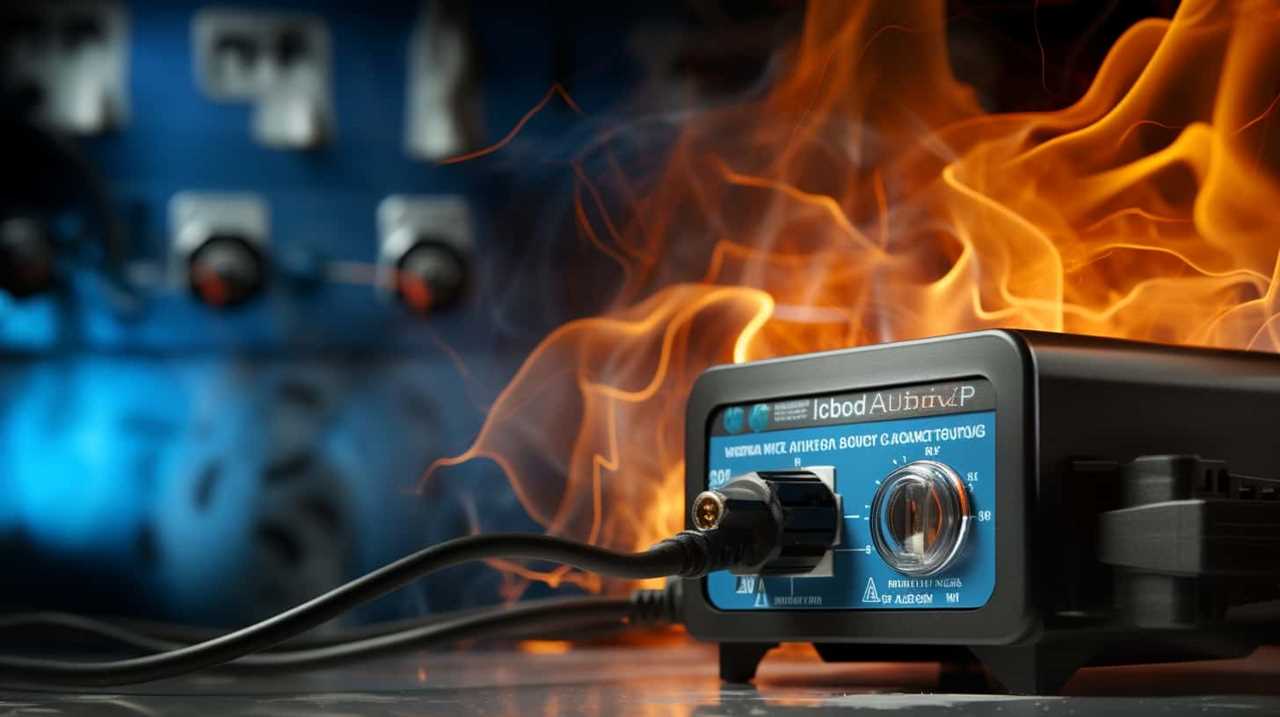
To better illustrate the safety concerns, the following table outlines the potential hazards and their corresponding risks when adapting a 120v appliance to a 220v power supply:
| Potential Electrical Hazards | Risks | Safety Precautions |
|---|---|---|
| Overheating | Fire, damage to device | Use a voltage converter or transformer to regulate the voltage and prevent overheating. |
| Electrical shock | Injury, death | Ensure proper grounding, use insulated connectors, and consult a professional for installation. |
| Component failure | Damage to appliance | Check the appliance’s compatibility with the new voltage before attempting to adapt it. |
Adapting a 120v appliance to a 220v power supply can have serious consequences if not done correctly. It is essential to prioritize safety and consult professionals when necessary to avoid any potential hazards.
Transforming Voltage With a Step-Up Transformer
A step-up transformer is a device used to increase the voltage of a 120v appliance to match the 220v power supply. Understanding voltage conversion and selecting the right step-up transformer are essential for ensuring the safe and efficient operation of your appliance.
Here are three important considerations to keep in mind:
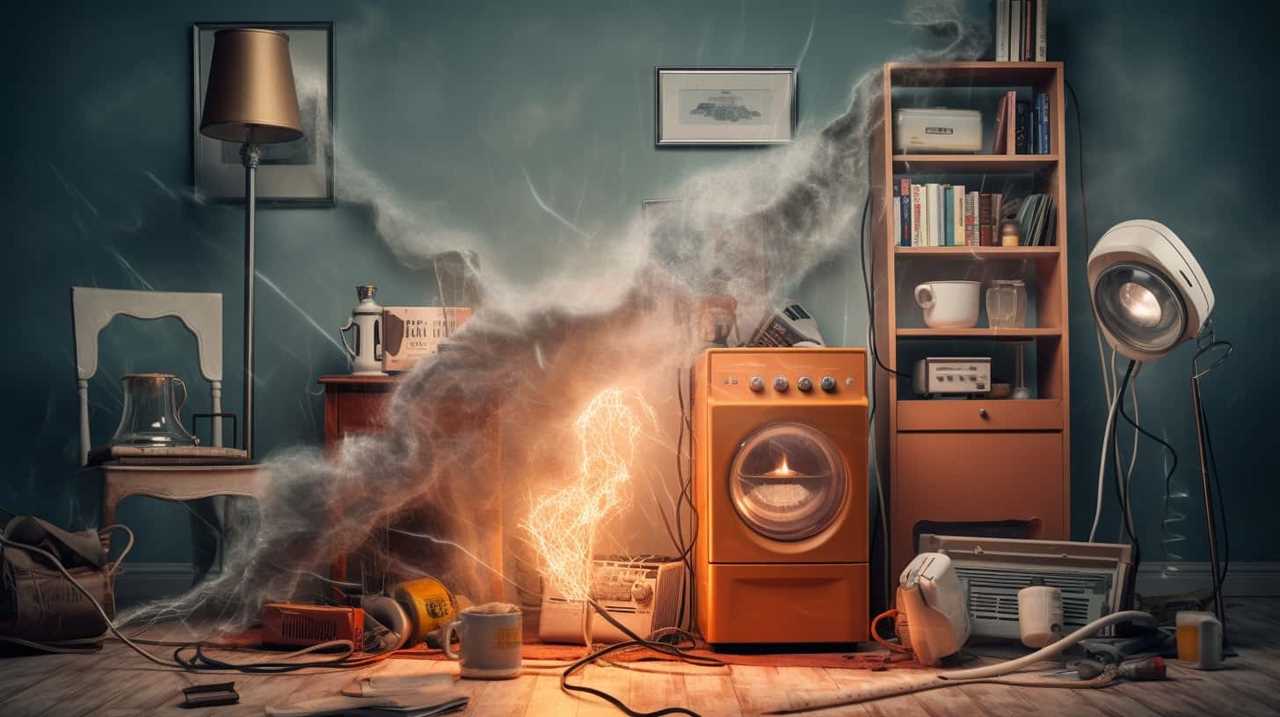
- Input and output voltage: Before purchasing a step-up transformer, carefully check the input and output voltage requirements of your appliance. Ensure that the transformer can handle the voltage conversion from 120v to 220v without causing any damage to your device.
- Power rating: The power rating of the step-up transformer should be higher than the power consumption of your appliance. This ensures that the transformer can handle the load and supply the necessary voltage without overheating or causing any electrical issues.
- Safety features: Look for a step-up transformer that includes safety features such as overload protection, short circuit protection, and surge protection. These features can safeguard your appliance from voltage fluctuations and prevent any potential damage.
Using a Voltage Converter for 120v Appliances
When using a step-up transformer to convert voltage for a 120v appliance, it is important to consider the use of a voltage converter for optimal performance and safety. A voltage converter is a device that can convert the voltage from one level to another, allowing appliances to be used with different power supplies. It is crucial to ensure that the voltage converter is compatible with the specific requirements of the 120v appliance.
To help you understand the compatibility of voltage converters, consider the following table:
| Voltage Converter | Input Voltage | Output Voltage | Power Rating | Compatibility |
|---|---|---|---|---|
| Converter A | 100-240V | 120V | 1000W | Compatible |
| Converter B | 220-240V | 120V | 500W | Not compatible |
| Converter C | 100-120V | 220V | 1500W | Not compatible |
Safety Precautions for Using 120v Appliances With 220v
To ensure the safe operation of a 120v appliance when using it with a 220v power supply, it is important to implement appropriate safety precautions. Here are some key measures to consider:
- Understand electrical standards: Familiarize yourself with the electrical standards in the country you are visiting. Different countries may have different voltage requirements and plug types, so it is crucial to be aware of these variances.
- Use a voltage converter: Invest in a high-quality voltage converter that can handle the power requirements of your specific appliance. This will help regulate the voltage and prevent any damage caused by overloading or power surges.
- Check appliance compatibility: Before using a 120v appliance with a 220v power supply, verify if the appliance is designed for dual voltage. Some appliances may have a switch or setting that allows them to operate at different voltages.
By following these safety precautions and understanding electrical standards and voltage conversion methods, you can ensure the safe and efficient use of your 120v appliances with a 220v power supply.
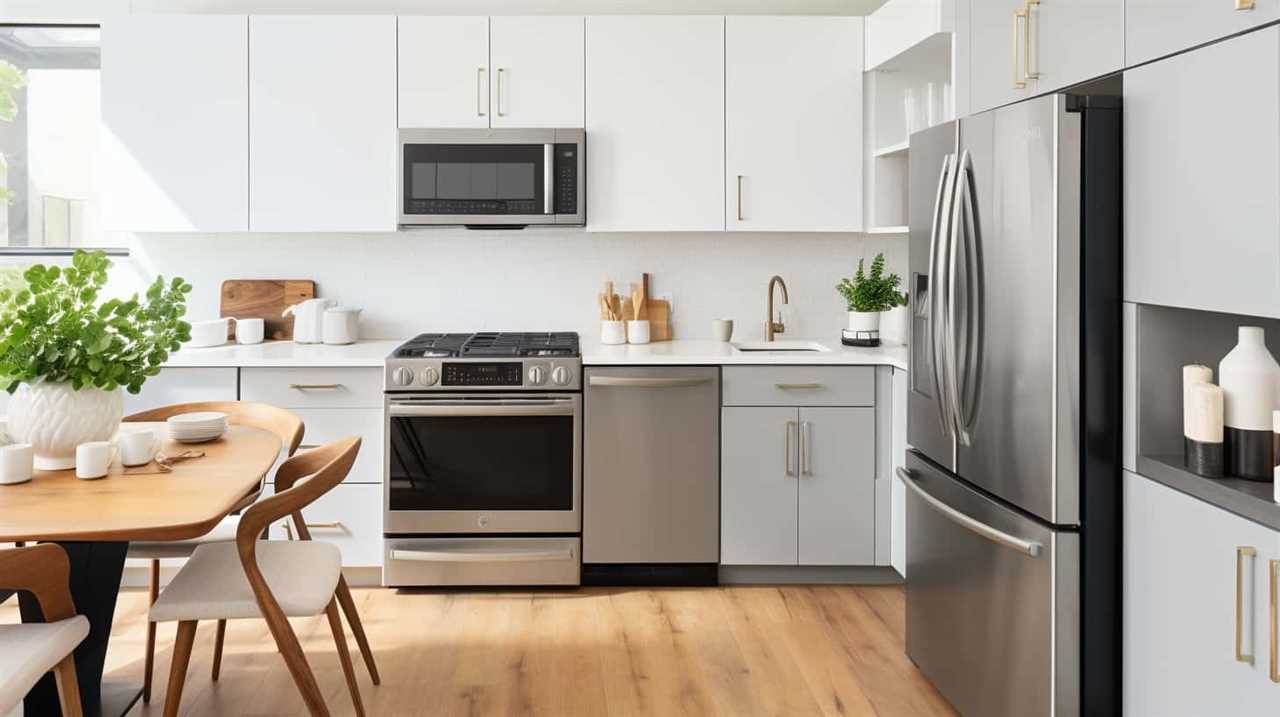
Now let’s explore the recommended solutions for international travelers.
Recommended Solutions for International Travelers
International travelers can employ various strategies to ensure the safe and efficient use of their 120v appliances with a 220v power supply.
One recommended solution is to use a voltage converter or transformer. These devices can convert the 220v power supply to 120v, allowing the appliances to function properly. It is important to choose a converter with the appropriate wattage capacity to accommodate the power needs of the appliances.
Another solution is to purchase dual voltage appliances that can operate on both 120v and 220v power supplies. These appliances are designed to automatically adjust to the voltage differences, eliminating the need for a converter.
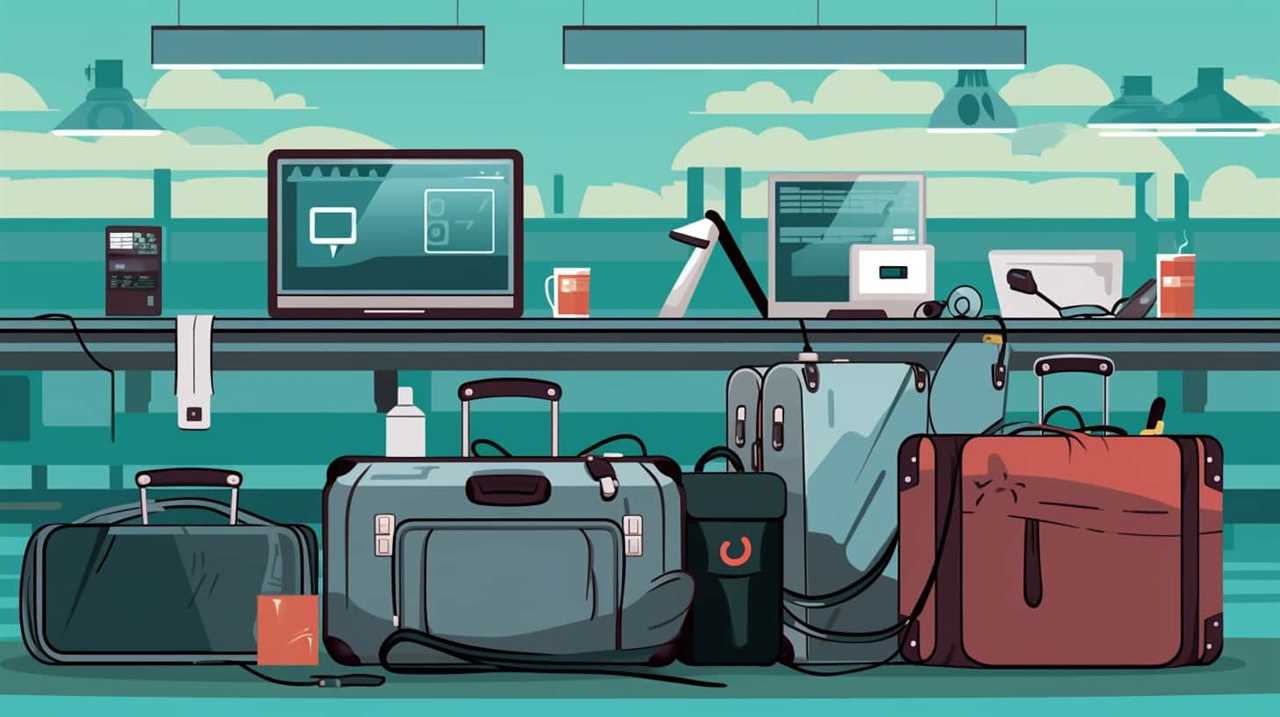
Additionally, travelers can consider using power adapters to physically adapt the plug shape of their appliances to fit the outlets in the foreign country. It is crucial to research and understand the voltage requirements and plug types of the destination country to ensure compatibility and avoid any potential damage to the appliances.
Final Thoughts and Considerations
In conclusion, it is essential to carefully consider the voltage requirements and potential risks before attempting to use a 120v appliance with a 220v power supply. While voltage conversion options may be available, it is important to weigh the pros and cons before proceeding.
Here are some final considerations to keep in mind:
- Safety: Using a 120v appliance with a 220v power supply can pose safety hazards such as overheating, electrical fires, or damage to the appliance.
- Compatibility: Not all appliances are compatible with voltage converters, and using an incompatible converter can lead to malfunctions or damage.
- Cost: Voltage conversion options can be expensive, and it may be more cost-effective to purchase a new appliance that is compatible with the local voltage.
Before making a decision, it is advisable to consult with an electrician or the manufacturer of the appliance to ensure the safest and most suitable approach.

Frequently Asked Questions
What Are the Recommended Solutions for International Travelers Who Need to Use Their 120v Appliances in a 220v Country?
Recommended solutions for international travelers needing to use 120v appliances in a 220v country include using travel adapters or voltage converters. These devices allow for safe and efficient conversion of voltage levels to ensure compatibility and functionality.
Can a 120v Appliance Be Adapted to a 220v Power Supply Without Using a Step-Up Transformer?
Adapting a 120v appliance to a 220v power supply without a step-up transformer is not recommended due to compatibility issues. However, there are alternative voltage conversion solutions available for international travelers in need of using their appliances.
Are There Any Safety Precautions That Need to Be Followed When Using a 120v Appliance With 220v Power?
Safety precautions must be followed when using a 120v appliance with 220v power. Without a step-up transformer, the appliance may not function properly and can potentially cause damage or pose a safety risk.
What Are the Potential Consequences of Overloading a 120v Appliance With 220v Power?
Overloading a 120v appliance with 220v power can have potential dangers and result in electrical damage. The higher voltage can cause the appliance to overheat, malfunction, or even catch fire, posing a risk to both the appliance and the user.
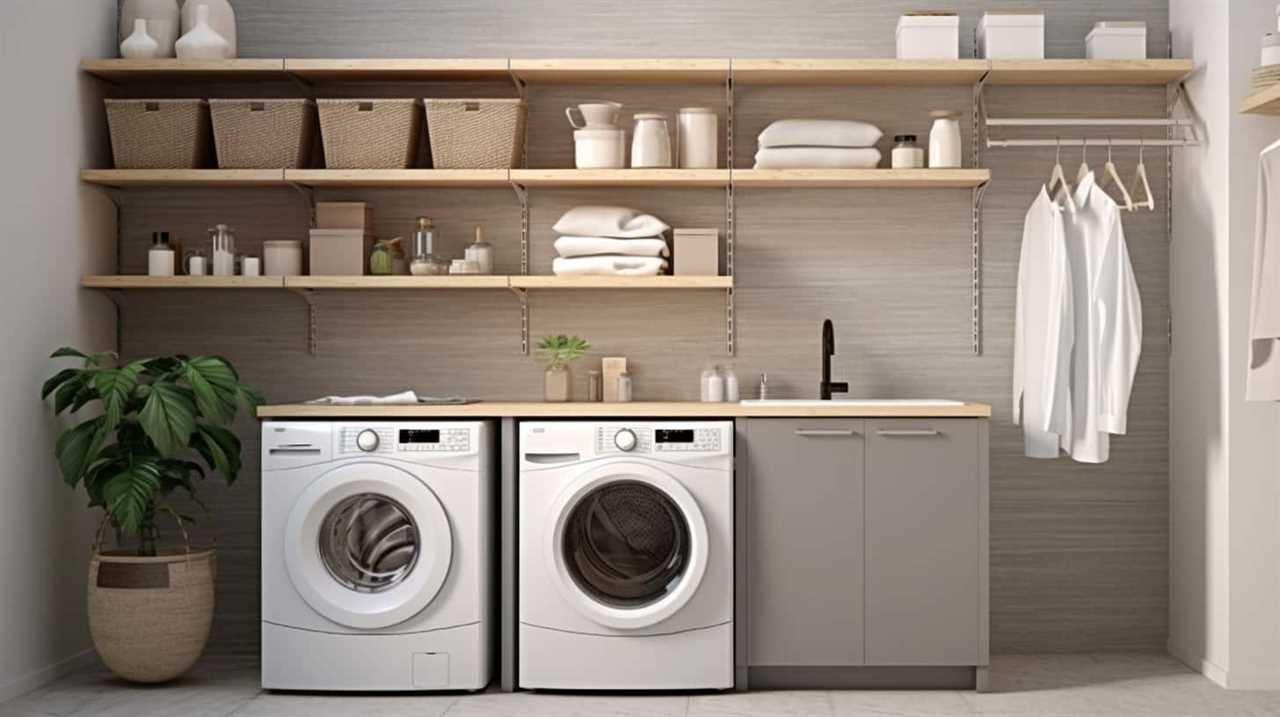
Is It Possible to Use a Voltage Converter to Safely Operate a 120v Appliance With 220v Power?
Using a voltage converter to operate a 120v appliance with 220v power is possible, but potential dangers include damage to the appliance, electrical fires, and personal injury. It is important to consult the manufacturer’s guidelines and ensure the converter is compatible.
Conclusion
In conclusion, it is important to note that 120v appliances are not designed to handle 220v of electricity. Using a higher voltage than what the appliance is rated for can lead to potential risks and damage.
It is recommended to use a voltage converter when using 120v appliances with 220v power sources. International travelers should consider investing in appliances that are compatible with multiple voltage levels to ensure safety and functionality.



